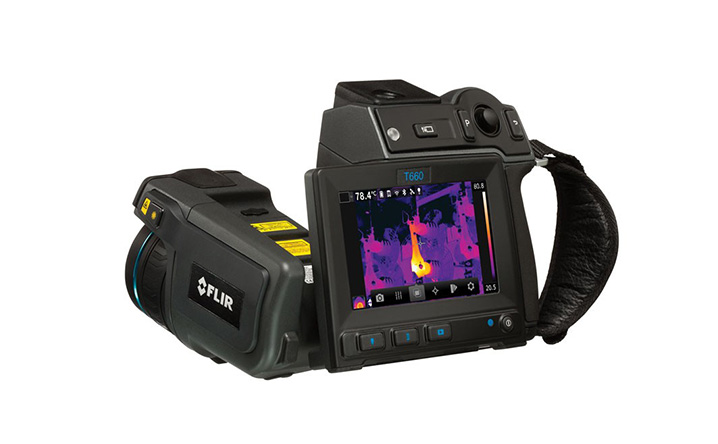
Thermal imaging allows for the detection of heat loss in buildings and homes, which can be particularly useful in identifying areas where insulation is inadequate or where air leaks are present. By identifying and addressing these areas, it’s possible to significantly reduce energy consumption and costs.
Thermal imaging can also be used to identify issues with HVAC systems. These systems are responsible for a significant portion of energy consumption in buildings and homes, and issues such as blocked ducts, leaks or malfunctioning equipment can lead to significant energy waste. By using thermal imaging to identify and address these issues, it’s possible to improve the efficiency of HVAC systems and reduce energy costs.
Thermal imaging can also be used to detect issues with electrical systems. Electric systems are a major source of energy consumption in buildings and homes, and issues such as loose connections, overloading, and equipment failure can lead to significant energy waste. By using thermal imaging to identify and address these issues, it’s possible to improve the efficiency of electrical systems and reduce energy costs.
Another important benefit of thermal imaging is that it allows for the detection of moisture and mold. Moisture and mold can lead to significant energy waste, as well as health and safety risks. By using thermal imaging to detect and address these issues, it’s possible to improve the overall energy efficiency of buildings and homes and create safer, healthier living and working environments.
Thermal imaging technology is the key to increased energy efficiency in buildings and homes. By using thermal imaging to detect heat loss, HVAC issues, electrical issues and moisture, it’s possible to significantly reduce energy consumption and costs, and create safer, healthier living and working environments. If you’re looking to improve the energy efficiency of your building or home, be sure to consider the benefits of thermal imaging technology.